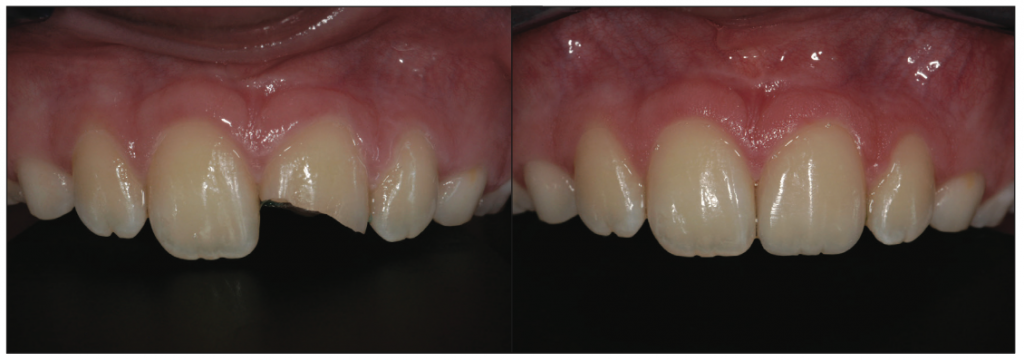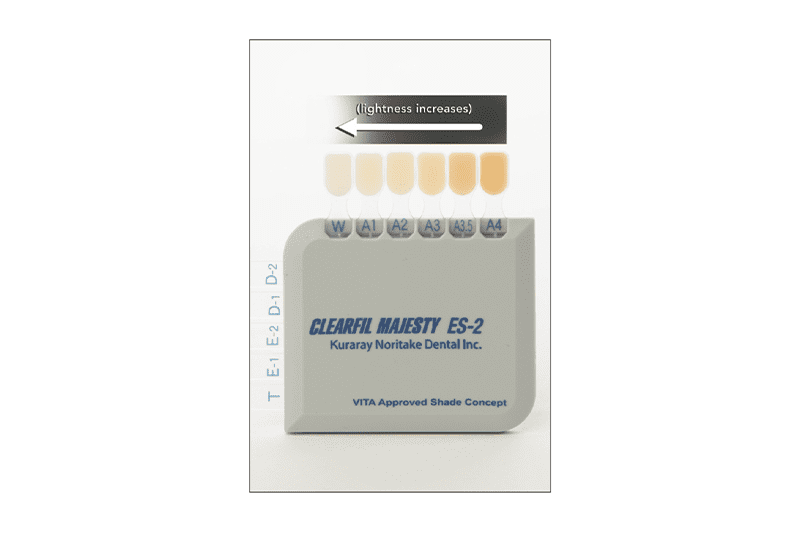Michael Morgan, DDS, is a world-renowned cosmetic dentist who graduated from the University of Illinois at Chicago College of Dentistry and studied cosmetic dentistry at several postgraduate programs, including at the University of Geneva in Switzerland with some of the world’s most talented dental artists.
Here, he shares his thoughts on aesthetic composite restorations.
Dr. Sinha: What are the most important factors in fabricating highly aesthetic composite restorations?
Dr. Morgan: For me, the most important factor is re-creating the correct anatomy of the tooth. Most private practitioners, like me, being in an office environment, have to finish treatment quickly. Composite material handling properties are extremely important. Most recent composite materials handle quite well; however, some composites that are UDMA-based are sticky and a bit difficult to handle. The best handling properties are a matter of personal preference for each dentist. I personally like the handling properties of Kuraray Noritake’s CLEARFIL Majesty composites.
The second most important factor is polishability. Well-polished restorations show great color matching. Different composite brands behave differently. I have noticed that CLEARFIL Majesty ES Flow (Kuraray Noritake) is a material that is extremely easy to polish.
Dr. Sinha: How do you take a shade?
Dr. Morgan: We all know most of our patients are A shades, so posterior restorations require one or 2 shade restorations 90% of the time. Natural teeth have great light-diffusion properties. There are many cases that you cannot do with a single shade, especially in the anterior region of the mouth. Depending on the actual case, you may need to layer 2 or 3 shades. The key is to match the shade “value,” or “lightness.” I like the shade concept created by Kuraray Noritake: This is a lightness-based system (value), which is approved by VITA. It is very easy to establish the lightness-based shade for anterior restorations (Figure 1).
Figure 1. The CLEARFIL Majesty ES-2 Shade Guide (Kuraray Noritake) is lightness- (or value-) based and an easy shade-taking concept.
Dr. Sinha: How do you bond your composites?
Dr. Morgan: I personally use CLEARFIL SE Protect (Kuraray Noritake). I like that the bonding agent has high adhesive properties and an antibacterial cavity-cleansing effect. This will most likely prevent recurrent decay in marginal areas due to its fluoride-releasing properties. I also like the MDP-Amide technology recently introduced by Kuraray Noritake in its newest one-step bonding agent. CLEARFIL Universal Bond Quick (Kuraray Noritake) eliminates waiting time and reduces the errors often encountered by not waiting the correct amount of time when using bonding agents.
Composite restorations offer tremendous benefits for patients. We can now practice minimally invasive dentistry, which conserves natural tooth structure, as well as offer cost-effective treatments for the patient with aesthetic results (Figure 2).

Figure 2. Before (left) and after (right) photos of a direct composite Class IV restoration performed by Dr. Michael Morgan.
For more information, call Kuraray America at (800) 879-1676 or visit kuraraydental.com.


